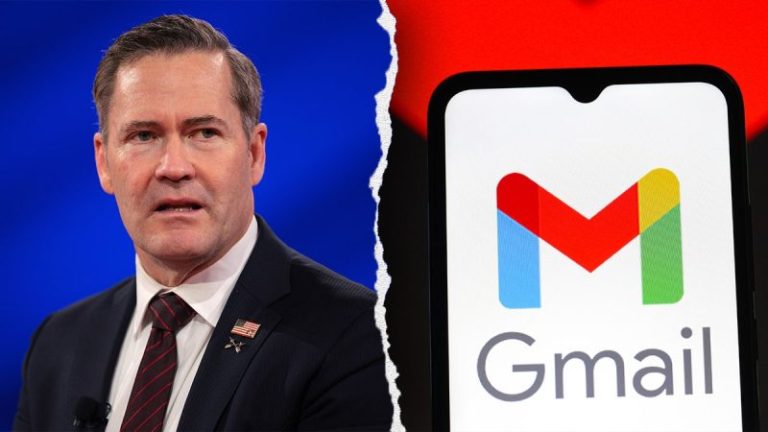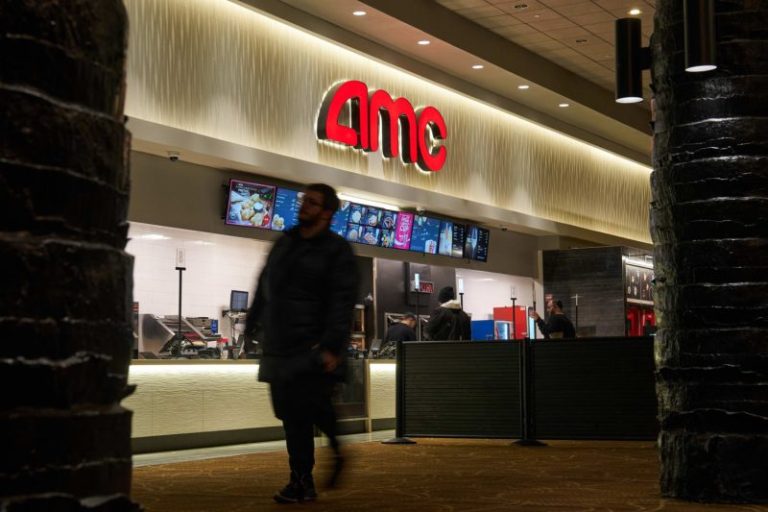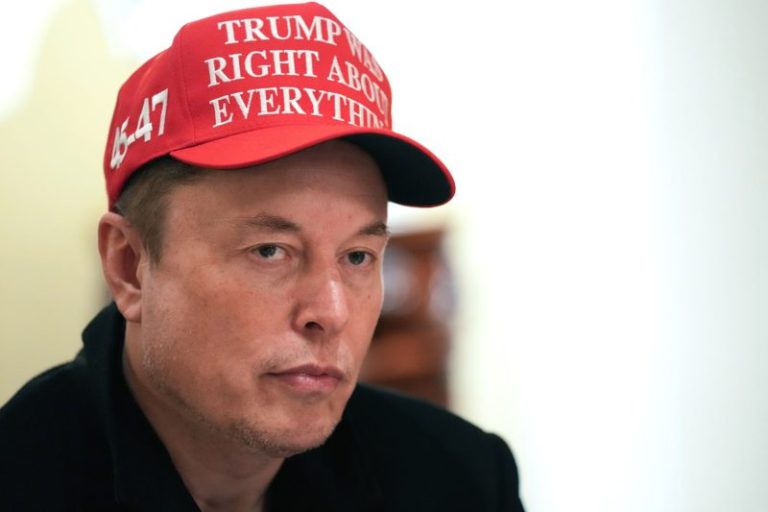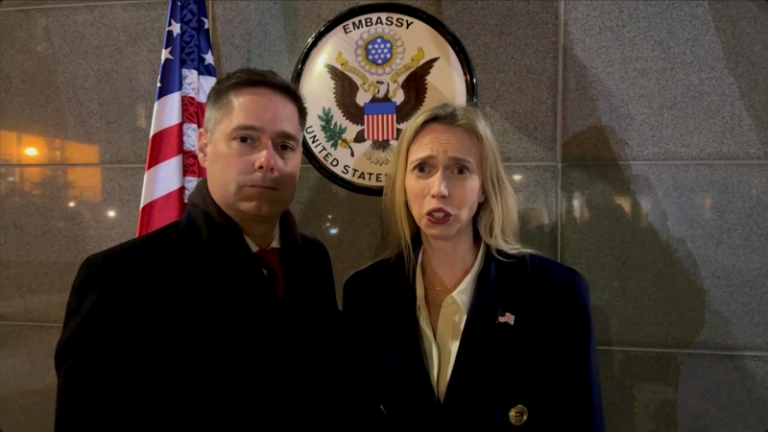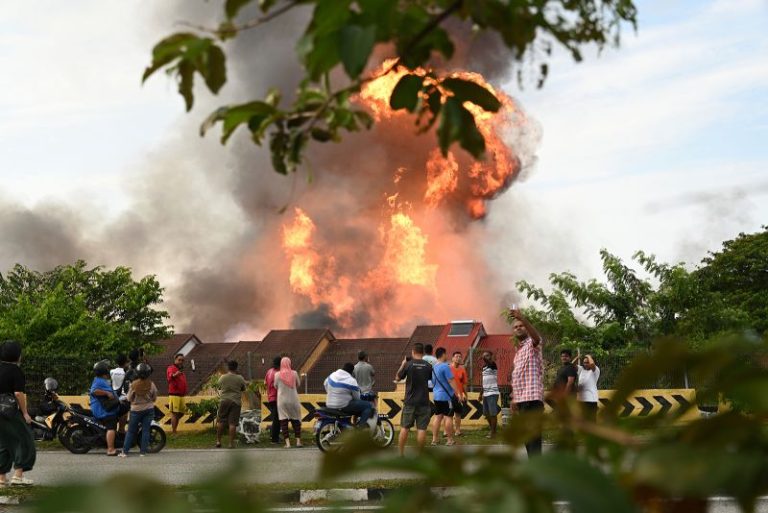The National Security Council (NSC) has clarified reporting about National Security Advisor Michael Waltz and his staffers using personal Gmail accounts for government communications.
A report published by the Washington Post on Tuesday claimed that one of Waltz’s senior aides used Gmail ‘for highly technical conversations with colleagues at other government agencies involving sensitive military positions and powerful weapons systems relating to an ongoing conflict,’ according to the piece.
‘While the NSC official used his Gmail account, his interagency colleagues used government-issued accounts, headers from the email correspondence show,’ the Post reported.
The piece comes a week after Waltz took responsibility for one of his staffers accidentally adding The Atlantic editor-in-chief Jeffrey Goldberg to a sensitive Signal chat with other officials, including Vice President JD Vance.
NSC spokesperson Brian Hughes told Fox News on Tuesday that the Post report was an attempt ‘to distract the American people from President Trump’s successful national security agenda that’s protecting our nation.’
‘Let me reiterate, NSA Waltz received emails and calendar invites from legacy contacts on his personal email and cc’d government accounts for anything since January 20th to ensure compliance with records retention, and he has never sent classified material over his personal email account or any unsecured platform,’ Hughes said.
Hughes said that he could not verify the Post’s report about the senior NSC official because the journalist ‘refused to share any part of the document reported.’
‘Any correspondence containing classified material must only be sent through secure channels and all NSC staff are informed of this,’ the official said. ‘It is also made clear to NSC personnel that any non-government correspondence must be captured and retained for record compliance.’
Speaking to a room full of reporters last week, President Donald Trump said he believes Waltz is ‘doing his best,’ and did not fault him for the Signal leak.
‘I don’t think he should apologize,’ the president said. ‘I think he’s doing his best. It’s equipment and technology that’s not perfect.’
‘And, probably, he won’t be using it again, at least not in the very near future,’ Trump continued.

